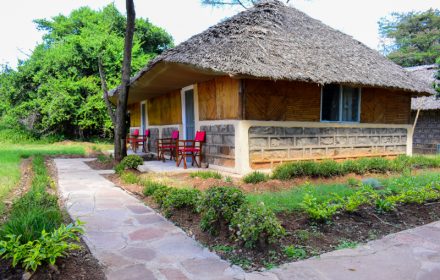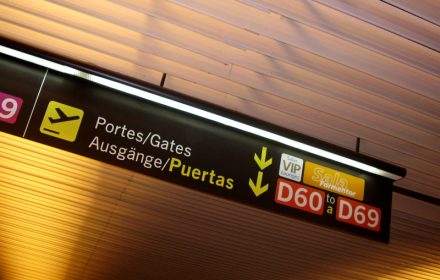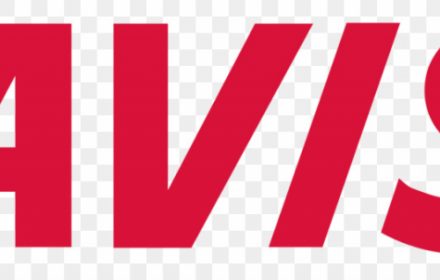Traveling abroad opens up a world of experiences, but it can also present unexpected challenges. Accidents can happen. If you find yourself in such a situation, having legal support is crucial. This article will show you what to look for when searching online the best car accident lawyers near me.
Articles by V
Traveling abroad can be an exhilarating experience, opening doors to new cultures, breathtaking landscapes, and unforgettable memories. However, the travel can quickly turn into a nightmare if an accident occurs. Having the right legal representation is crucial during a vehicle collision, a slip and fall, or a more serious incident.
Shs. 6,000/- full-board per person per night at Mara Ndovu Lodge. Valid until 21 December 2024
Shs. 9,900/- full-board per person per night at Siana Springs Tented Camp. Valid until 22 December 2024
Shs. 10,000/- full-board and Shs. 20,000/- ground package per person per night at Sekenani Camp Mara. Valid until 21 December 2024
Traveling is arguably one of life’s great pleasures, but it often comes with its own set of challenges. Whether you’re navigating international laws, dealing with unexpected cancellations, or facing legal issues abroad, having the right legal support is crucial. This is where a travel lawyer can make a significant difference.
When planning a trip, ensuring adequate health and travel coverage is crucial for a worry-free experience. Many travelers find themselves asking if their health insurance provider, such as BlueCross BlueShield, offers travel insurance. This article delves into the travel insurance offerings of BlueCross BlueShield, helping you understand your insurance options.
Renting a car at the airport can be a convenient way to explore a destination, but it comes with an array of insurance options. Understanding how to navigate them while keeping costs low is essential for savvy travelers. This article delves into strategies to secure cheap insurance for airport rent-a-car.
When it comes to car rental services, Avis stands out as a brand with a history of providing transportation solutions for travellers around the globe. Whether you are renting a car for a business trip or event, understanding the ins and outs of Avis car renting can enhance your experience.
When planning a trip, securing the best flight options is a top priority for travelers. Expedia flight tickets are among the most popular choices, given the platform’s user-friendly interface and extensive flight options. However, as travel plans can be unpredictable, many travelers wonder if Expedia flight tickets include travel insurance.










